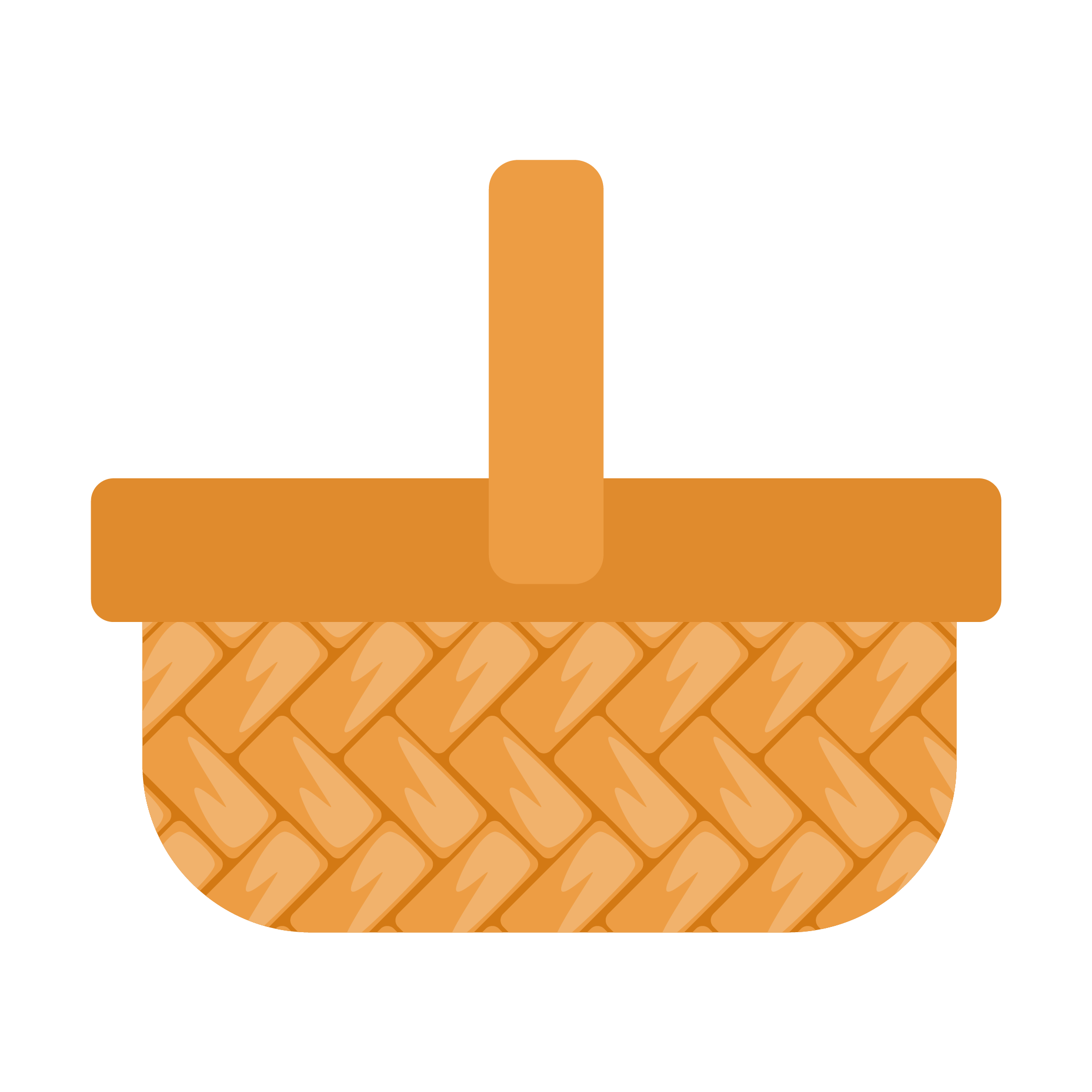Wicker weaving is a traditional craft that requires a combination of skill, patience, and the right tools. Whether you’re a beginner or an experienced artisan, having the proper materials and equipment will make your weaving process smoother and more enjoyable. In this guide, we’ll explore the essential tools and materials needed to create beautiful woven pieces.
Choosing the Right Materials
The quality of your finished wickerwork depends heavily on the materials you use. Here are some of the most common natural fibers used in weaving:
- Rattan – One of the most popular materials, rattan is flexible, durable, and easy to work with. It is commonly used for furniture, baskets, and decorative pieces.
- Willow – Known for its strength and natural appearance, willow is often used for rustic-style baskets and garden structures.
- Bamboo – Lightweight and sturdy, bamboo is ideal for more rigid structures such as trays and small furniture.
- Cane – A thinner, more flexible fiber that is excellent for intricate patterns and finer details in weaving projects.
Each material has unique properties, so selecting the right one depends on the type of project you’re working on.
Essential Tools for Wicker Weaving
To get started with wicker weaving, you’ll need a few basic tools to help shape and secure your materials:
- Soaking Tub – Many natural weaving materials need to be soaked in water to become pliable. A large container or tub is essential for preparing your fibers before weaving.
- Weaving Knife – A sharp knife is used to trim excess material and make precise cuts when shaping your piece.
- Awl – This pointed tool helps create spaces in tight weaves, making it easier to thread new fibers through the structure.
- Clippers or Shears – Used to cut and trim thicker materials like rattan and willow branches.
- Measuring Tape – Ensures accuracy when designing woven pieces, especially for projects like baskets and furniture.
- Mold or Frame – Some projects require a mold or frame to maintain their shape while weaving. This is especially useful for beginners working on round or structured items.
Tips for Beginners
If you’re new to wicker weaving, start with simple projects like coasters or small baskets before moving on to larger, more complex designs. Here are some additional tips:
- Work with damp materials – Soaking your fibers will make them more flexible and easier to weave.
- Keep tension even – Consistent tension ensures a uniform and sturdy final product.
- Practice different patterns – Learning various weaving techniques will expand your skills and allow for more intricate designs.
Conclusion
Having the right tools and materials is essential for successful wicker weaving. By investing in quality supplies and practicing fundamental techniques, you can create beautiful, handcrafted pieces that showcase your skill and creativity. Whether you’re making functional household items or decorative art, wicker weaving is a rewarding craft that offers endless possibilities.

